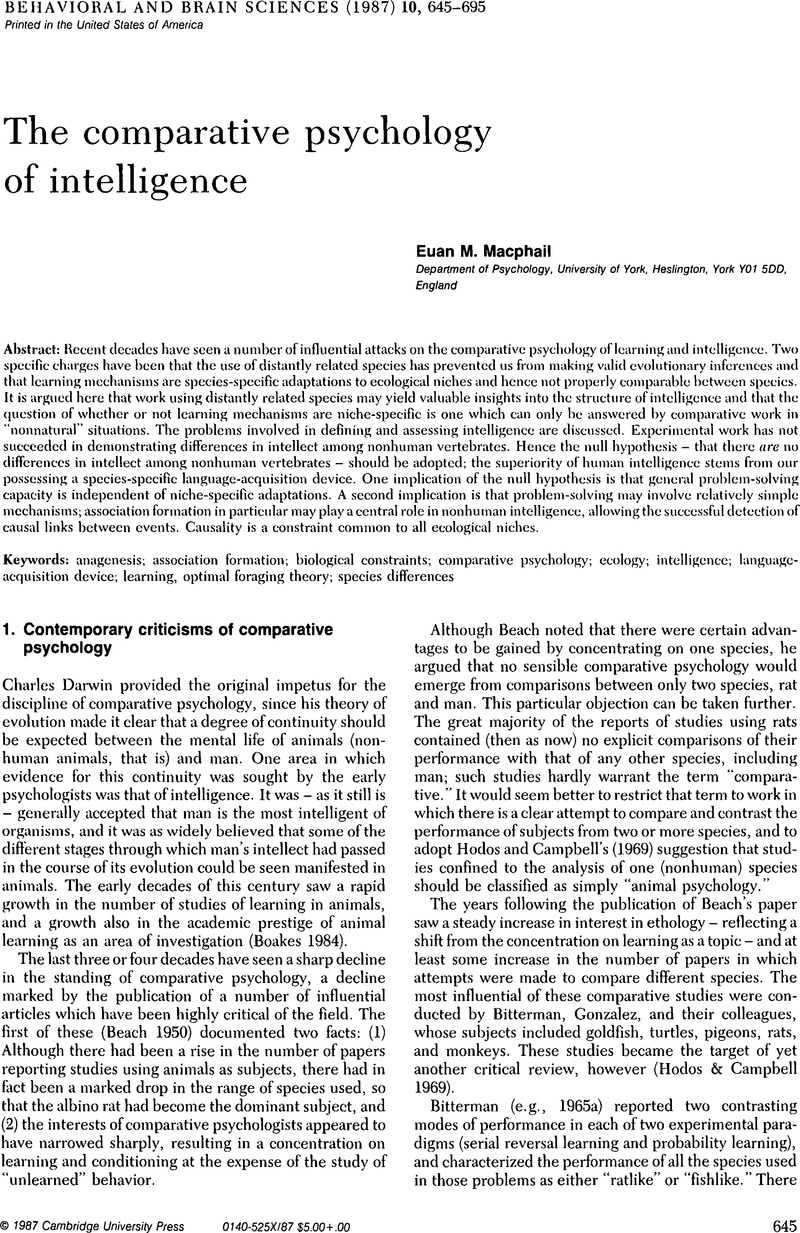Crossref Citations
This article has been cited by the following publications. This list is generated based on data provided by Crossref.
Steele, James
1989.
Hominid evolution and primate social cognition.
Journal of Human Evolution,
Vol. 18,
Issue. 5,
p.
421.
Toates, Frederick
1997.
The interaction of cognitive and stimulus–response processes in the control of behaviour.
Neuroscience & Biobehavioral Reviews,
Vol. 22,
Issue. 1,
p.
59.
Toates, Frederick
2006.
A model of the hierarchy of behaviour, cognition, and consciousness.
Consciousness and Cognition,
Vol. 15,
Issue. 1,
p.
75.



